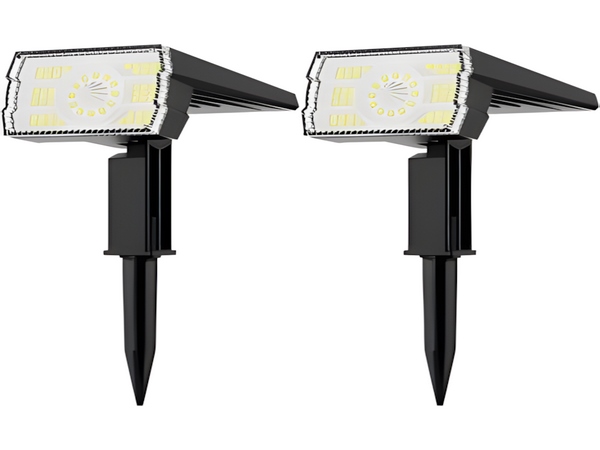
Breeze-powered street lights
represent a new development catering to economic needs, which will change our traditional concepts of renewable energy to a certain extent, applying advanced technology to beautify
Bitpott
.

Wind power: A clean and high-quality energy source
Wind power is a new type of green energy. Data shows that wind power can reduce carbon dioxide emissions by 600 tons for every 1 million kilowatt-hours of electricity produced. The government encourages the development of wind power to achieve the goal of 100 million kilowatts of wind power by 2020, indicating a promising future for wind power development.
According to China’s 12th Five-Year Plan for Wind Power Generation, by 2015, wind power generation capacity reached 100 million kilowatts, with an annual generation of 190 billion kilowatt-hours, accounting for over 3% of China’s total electricity generation. By 2020, the capacity is expected to exceed 200 million kilowatts, with annual generation reaching 390 billion kilowatt-hours, accounting for over 5% of total electricity production in China.
According to the “Research and Investment Forecast Analysis Report on the Market of Wind-Photovoltaic Complementary Street Lights in China,” released by the Forward Industry Research Institute, there are approximately 200 million street lights in urban and rural areas, growing at a rate of 20% annually (40 million lights/year). About 15 million are urban street lights, with an annual demand for an additional 3 million street lights. In 2012, China built 58,672 kilometers of new highways, 80,000 kilometers in 2013, and 200,000 kilometers of rural roads. If all 200 million 400-watt or 250-watt high-pressure sodium lamps are converted to 150-watt or 100-watt wind-photovoltaic complementary LED street lights, with each light operating 12 hours a day, it would save 150 billion kilowatt-hours of electricity in one year.
Current situation:
Wind-Photovoltaic street light technology
is lacking
In recent years, energy-saving street lights have gradually entered the streets and alleys of cities, gaining public attention for their simple installation, aesthetic design, and reliance on wind power without consuming electrical energy, earning the title of “green street lights” in urban areas.
Compared to traditional street lights, wind-powered street lights offer numerous advantages: they are not affected by power supply, no need for trench digging to lay wires; a small pit is sufficient to lay a concrete base for installation; each light is a self-sufficient power generation and lighting system, operating automatically without manual control; they do not consume conventional energy; they can be installed on-site as long as there is sufficient wind; therefore, they have garnered widespread attention and are recognized as green and environmentally friendly products due to their zero emissions and lack of pollution.

In recent years, incidents across the country have highlighted the problem of wind-photovoltaic complementary street lights frequently “going on strike,” resulting in awkward replacements for this overachieving “street light.”
In practice, these “wind-photovoltaic street lights” often demonstrate low power generation efficiency, and many essentially function as mere decorations, lacking “wind and light.” Reports indicate that the initial installation costs of these wind-powered lights were significantly higher than those of ordinary street lights. Why are they gradually being phased out in actual usage? Xiao Zhanjun, director of the China Wind Power Research Institute, has discussed the issue of rated wind speeds for small wind turbines, analyzing the reasons for the failures, stating that the rated power of the turbines corresponds to the power generation capacity when the rated wind speed is met (the local wind conditions, i.e., average annual wind speeds of 8-12 m/s, are not achieved), and the actual operating efficiency of the turbines is much lower than their rated power with very minimal operational time.
The seven-phase micro-wind power generation system developed by the Korean Wind Power Energy Saving Lamp Corporation has broken through this technical bottleneck, allowing for the resurgence of “wind and light.”
Street lights dedicated for 15 years
Wind-Photovoltaic complementary
solar street lights
manufacturer, highly favored by customers, numerous successful project cases nationwide, and multiple honors and certifications.



